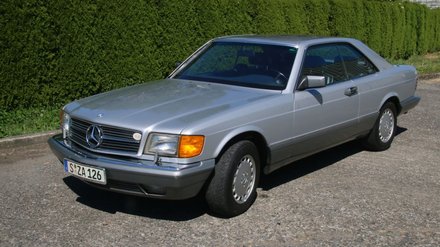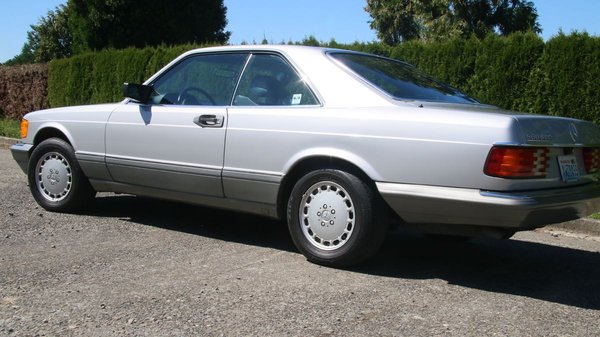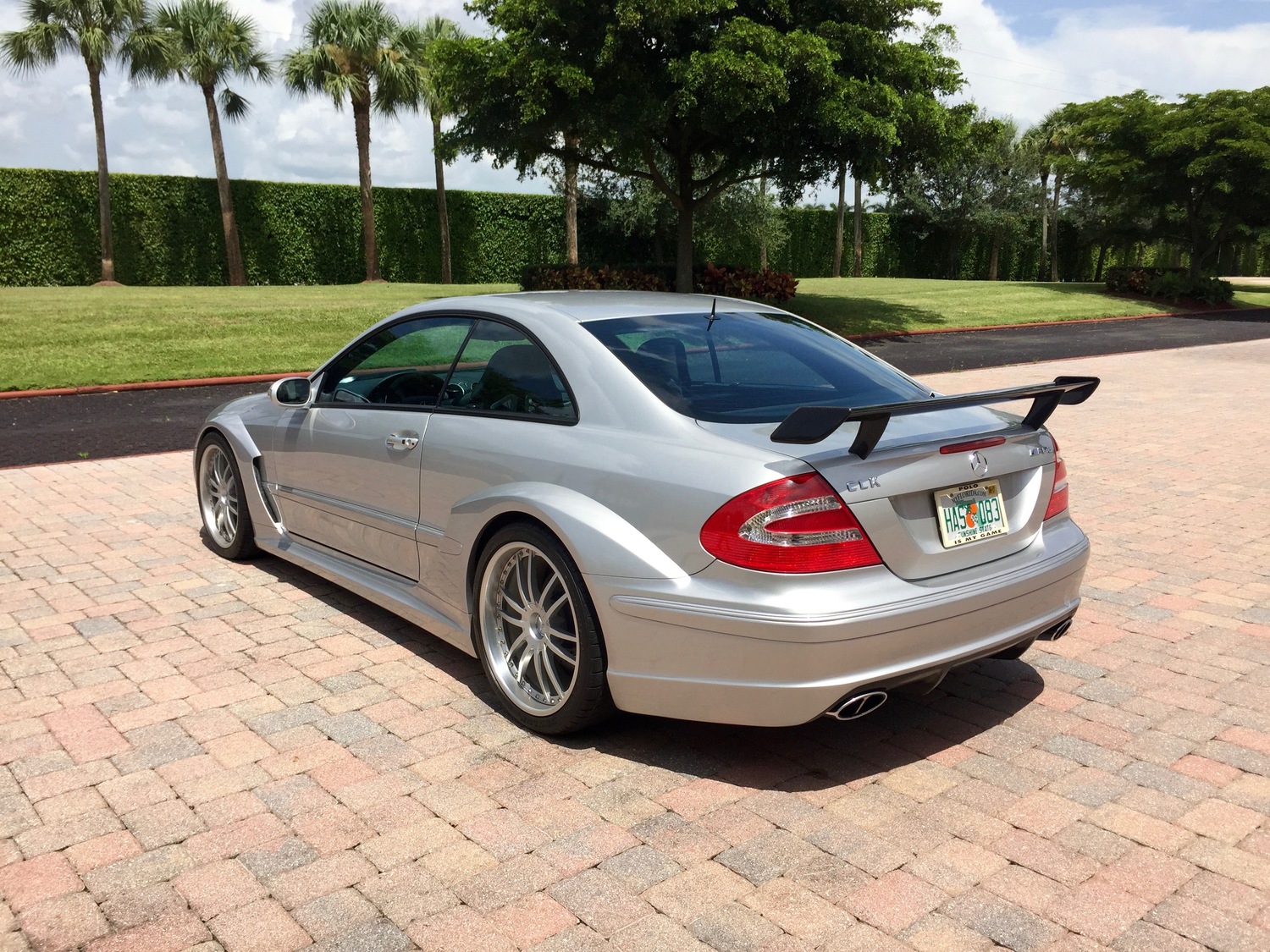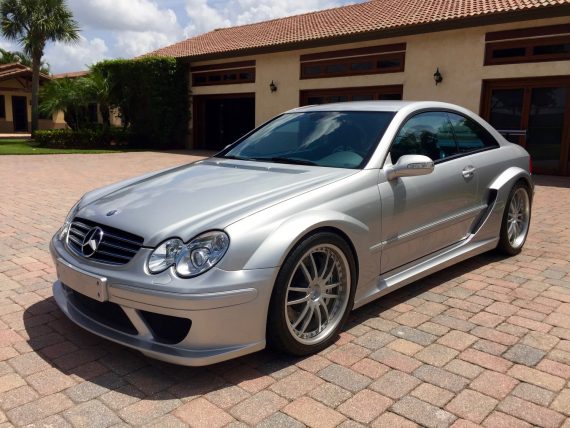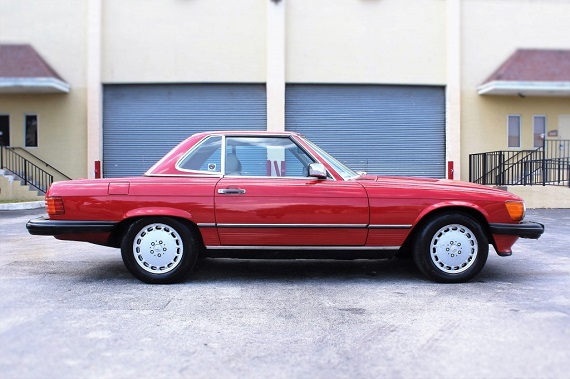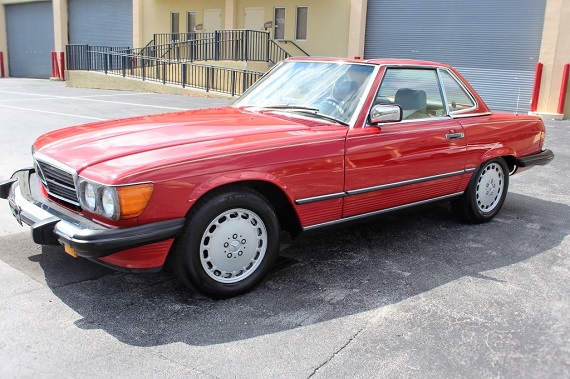
For a few years in the late 1970s, two seeming decapitated dinosaurs roamed the roads of America, the last of a dying breed in the great Convertible Ice Age. First was the now ancient Beetle cabriolet, designed originally in the 1930s and relatively unchanged until production ceased – sort of – in 1980. Your other option if you wanted top-down motoring in the U.S. was the Mercedes-Benz SL, but while it made the Beetle look like a horse-drawn cart, in reality it wasn’t a particularly sporty car at that time. American manufacturers had withdrawn from the market in 1977, and the still relatively small companies of BMW, Audi and Porsche had only tin tops. If you wanted a luxury convertible in 1977, the Mercedes-Benz R107 was your option.
Then the 1980s happened, and suddenly the gas crisis, economic stagnation and concerns over sun exposure suddenly ended. People who liked convertibles were no longer viewed as social pariah with a death wish, and the SL shined as a perfect example of success and excess. Like most V8s from the late 1970s and early 1980s, the SL’s V8 had suffered from environmental restraints which resulted in the 380SL. With a mere 155 horsepower on offer from its engine, the 380SL was hardly the match for its near 3,500 lb. curb weight. That was finally rectified in 1986 with the introduction of the much upgraded 560SL. Now the M117 delivered the power that the prestige of the SL demanded; it gained 72 horsepower and nearly 100 lb.ft. of torque, and gave the model a new lease on life. While the R107’s production cycle lifetime doesn’t scare the likes of the Beetle’s 50 years, in a marque with the storied history of Mercedes-Benz it is the second longest produced model. That alone should lend some credibility to its staying power, and today these models have finally gained the respect they deserve:
